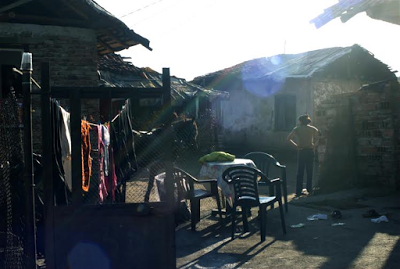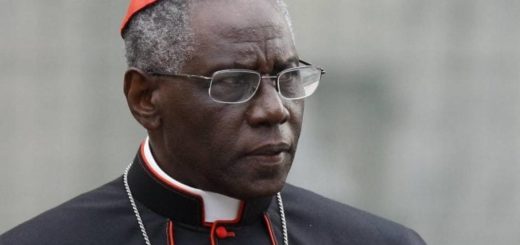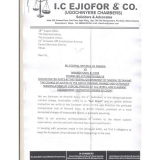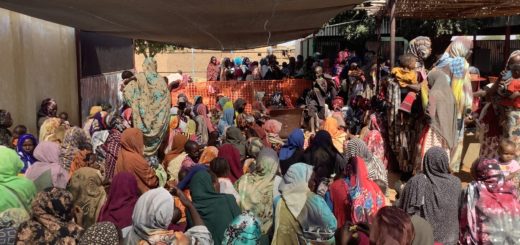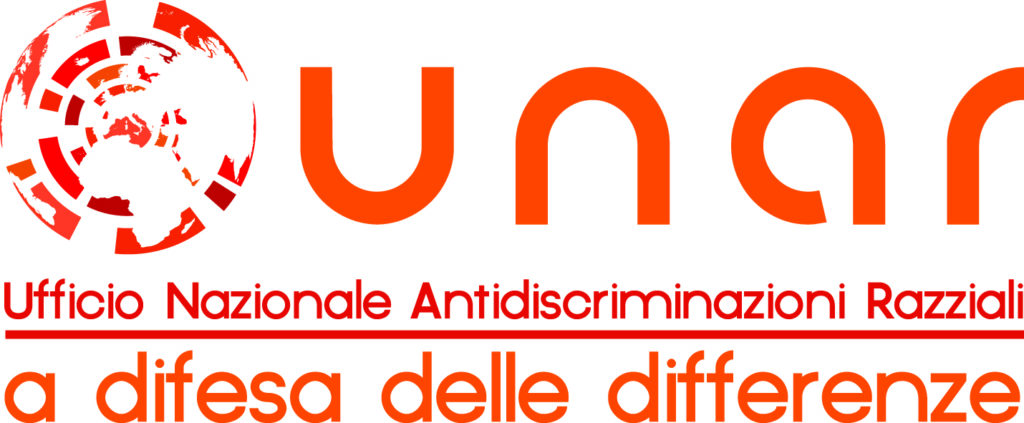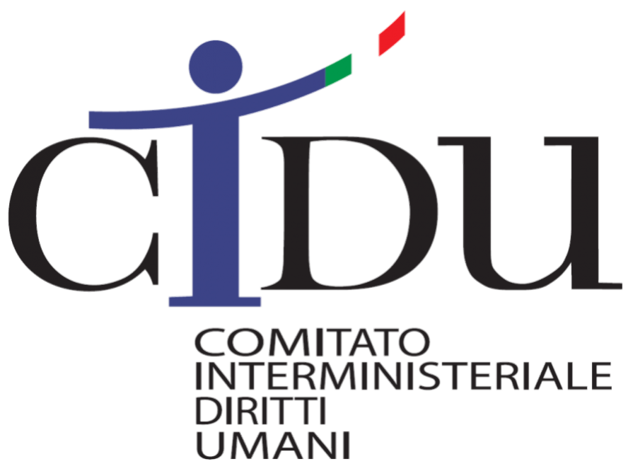Hate crimes in Europe: riflessioni sui dieci anni d’inclusione dei Rom (2005 – 2015)
Bulgaria, Sofia, molti paesi europei firmarono una iniziativa
inaudita che doveva puntare sul marcato divario socio economico della
popolazione Rom in Europa. Cosi’ ebbe inizio ‘The Decade of Roma
inclusion 2005-2015′ che dava ai paesi europei l’opportunita’
d’intervenire e migliorare i vari settori dalla Salute, Educazione,
Alloggio a Discriminazione.
Oggi, trascorsi i dieci anni, possiamo soffermarci a riflettere.
Il 10-11 Settembre 2015, alla 28esima International Steering
Committee in Sarajevo, sono stati invitati i governi che si erano
impegnati nell’iniziativa per marcare la scadenza dei dieci anni e
poter fare un bilancio riflessivo attuale della situazione dei Rom.
Il segretario della Decade ha presentato il bilancio sommario
constatando che molte aree come quella della salute non hanno
presentato miglioramenti mentre l’area educativa ne ha riscontrato
solo alcuni.
Come fotoreporter ho lavorato a lungo sulle comunita’ dei Rom, in
particolare nei Balcani, in Kosovo, Bosnia Herzegovina, Bulgaria. Una
delle riflessioni piu’ significative e’ quella che molte persone Rom
non erano nemmeno al corrente della Decade. La maggior parte della
loro quotidianità si svolge nel lottare per sopravvivere, alle
prese con numerosi problemi. Cinicamente, coloro che per varie vie ne
sono venuti a conoscenza, sono arrivati alla conclusione che i
‘Professionisti’ ricavano fondi dai loro problemi.
questione è che se non ci si impegna ad abbracciare le comunita’ dei
Rom nel vero senso della parola, non ci sara’ mai un progresso
profondo. Si dovrebbe combattere la discriminazione, partendo dal
linguaggio e dagli stereotipi. La discriminazione non e’ diminuita
negli ultimi dieci anni.
meno che il razzismo istituzionale scompaia, le comunita’ dei Rom non
vedranno alcun miglioramento nelle loro vite. Quindi, riflettendo
sulla ‘Decade of the Roma inclusion 2005-2015′, ci si dovrebbe
domandare il perche’ non fare del buon uso delle risorse umane che
nel tempo porteranno all’inclusione dei Rom a tutti i livelli,
partendo da un punto sociale di non esclusione e facendo si’ che i
Rom non siano messi da parte, ma vengano integrati nelle nostre
societa’.
Roma inclusion (2005-2015)
In the year 2005 in Sofia, Bulgaria, Central and South-Eastern
governments in an unprecedented effort to bridge the existing wide
socio economic gaps for the Roma population in Europe signed for an
initiative that was to mark the beginning of the “Decade of
Roma Inclusion 2005-2015”. This initiative was to look at
the different areas of needed improvements for the Roma communities
in Europe from education, housing, health, discrimination etc. and
intervene where needed.
years later, on the 10th-11th September 2015, at the
28th International Steering Committee in Sarajevo, Bosnia and
Herzegovina, the same countries that signed the initiative were
marking the closure of the Roma Decade initiative. Thus, the Decade
Secretariat provided an overall reflection on the initiative with
areas noted as improved such as education and those like health that
have had little to none improvements.
a photojournalist, I have been covering the lives of the Roma for a
long time, particularly in the Balkans from Kosovo, Bosnia
Herzegovina and Bulgaria. One of the most significant reflections is
that the Roma communities have hardly be made aware of the Decade
Initiative and if they have, they would be too bitterly embroiled in
survival and thus cynically looking at the initiative as another
‘means for others to discuss and win funds on their behalf’. The
problem is that unless we are to embrace the Roma population as a
community that is not a separated entity then there will be no
progress. Discrimination is still rife and it has not diminished in
the last ten years.
institutional racism is wiped out, Roma communities will not see any
improvements in their lives. Thus, on reflection on the ‘Decade of
the Roma inclusion 2005-2015’ it would be great to make use of our
human resources to create inclusion from housing, health and
education. Thus, starting from a non-exclusion society, where Roma
are not set aside, but are integrated at all levels.
Caption:
Roma gypsies in the Roma ghetto of Kjustendil in Bulgaria.
Didascalia:
Le comunita’ dei Rom nel ghetto di Kjustendil in Bulgaria.

